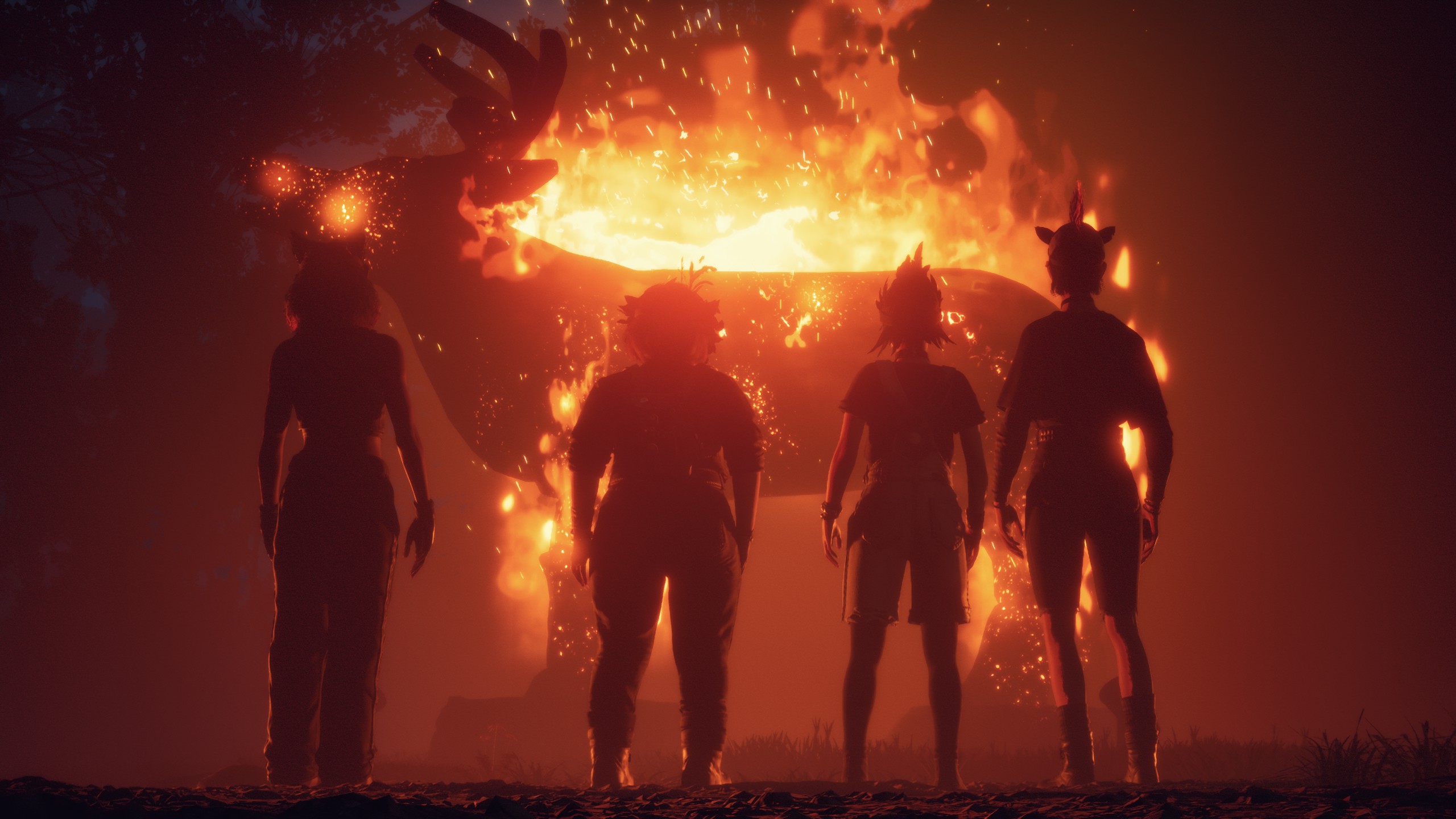Call of Duty: Warzone shows that sound and stealth can be powerful weapons in battle royale
The aural information gathering that Gunfight teaches can serve players well.
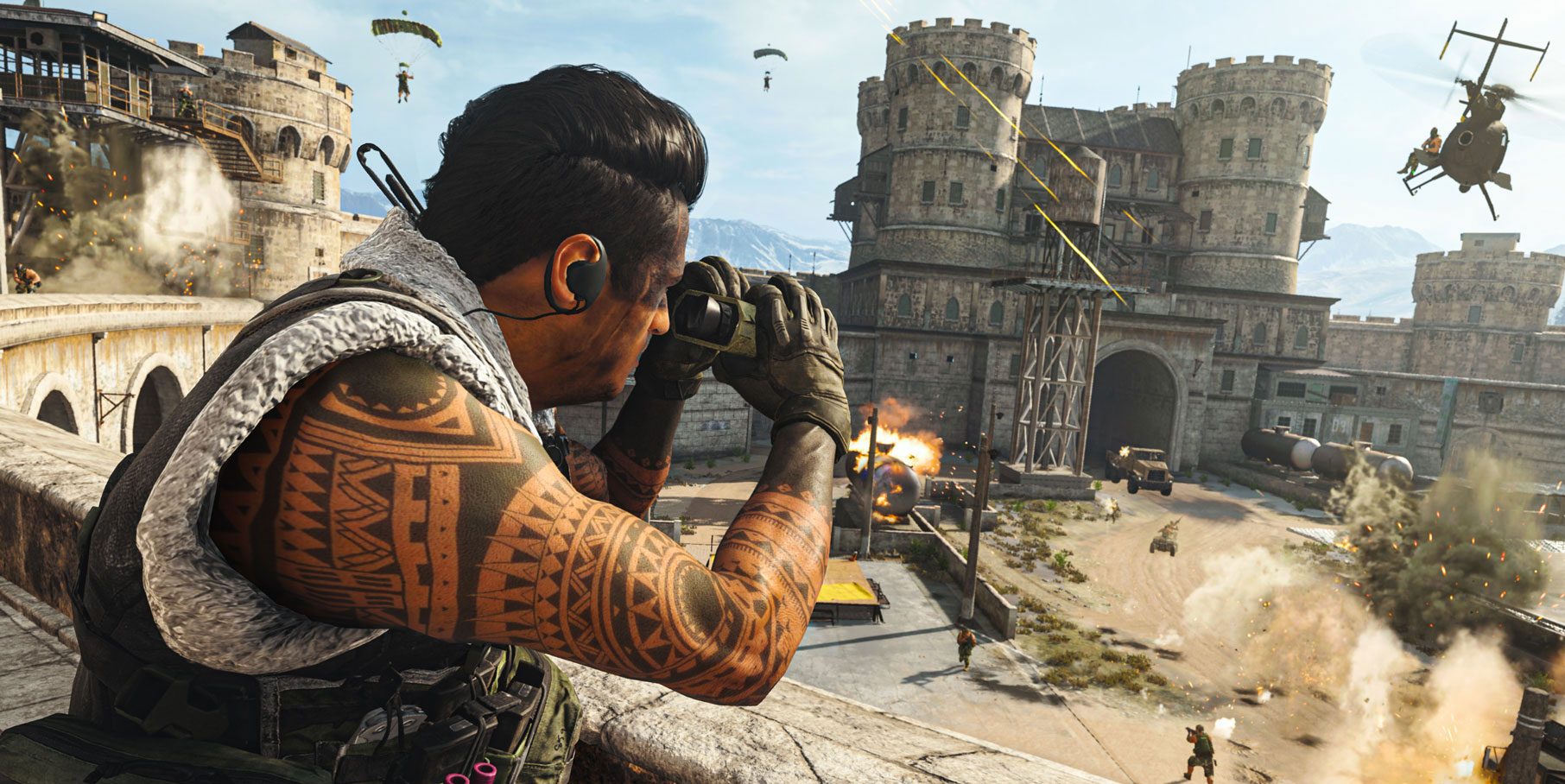
It's September 1942 in Stalingrad, and Private Petrenko is lying on his belly in a public fountain that now flows with blood. One of the bodies of his comrades rears its head, and tells him to shush. "I need your help," says Sergeant Reznov. This sniper has lost the use of his trigger finger in the battle, and so he passes his gun to Petrenko, along with instructions. "Wait until the bombers are directly overhead," he says. "The sound of their engines will drown out your shot."
It might be a scripted sequence in Treyarch's World at War—and before it, Hollywood's Enemy at the Gates—but Reznov's voice sticks in my head as I creep around Verdansk. Sound has always been a weapon in Call of Duty, and it's more true than ever in Modern Warfare.
Over the past six months, Infinity Ward has introduced a new intimacy to the series. Think of its centrepiece campaign mission, the one that takes place in a cramped London townhouse, where you're asked to read the fear in the eyes of every resident and decide whether they're likely to open fire or not. In multiplayer, Modern Warfare's launch maps came carved with alcoves and recesses that blocked line of sight, requiring you to listen for opponents instead.
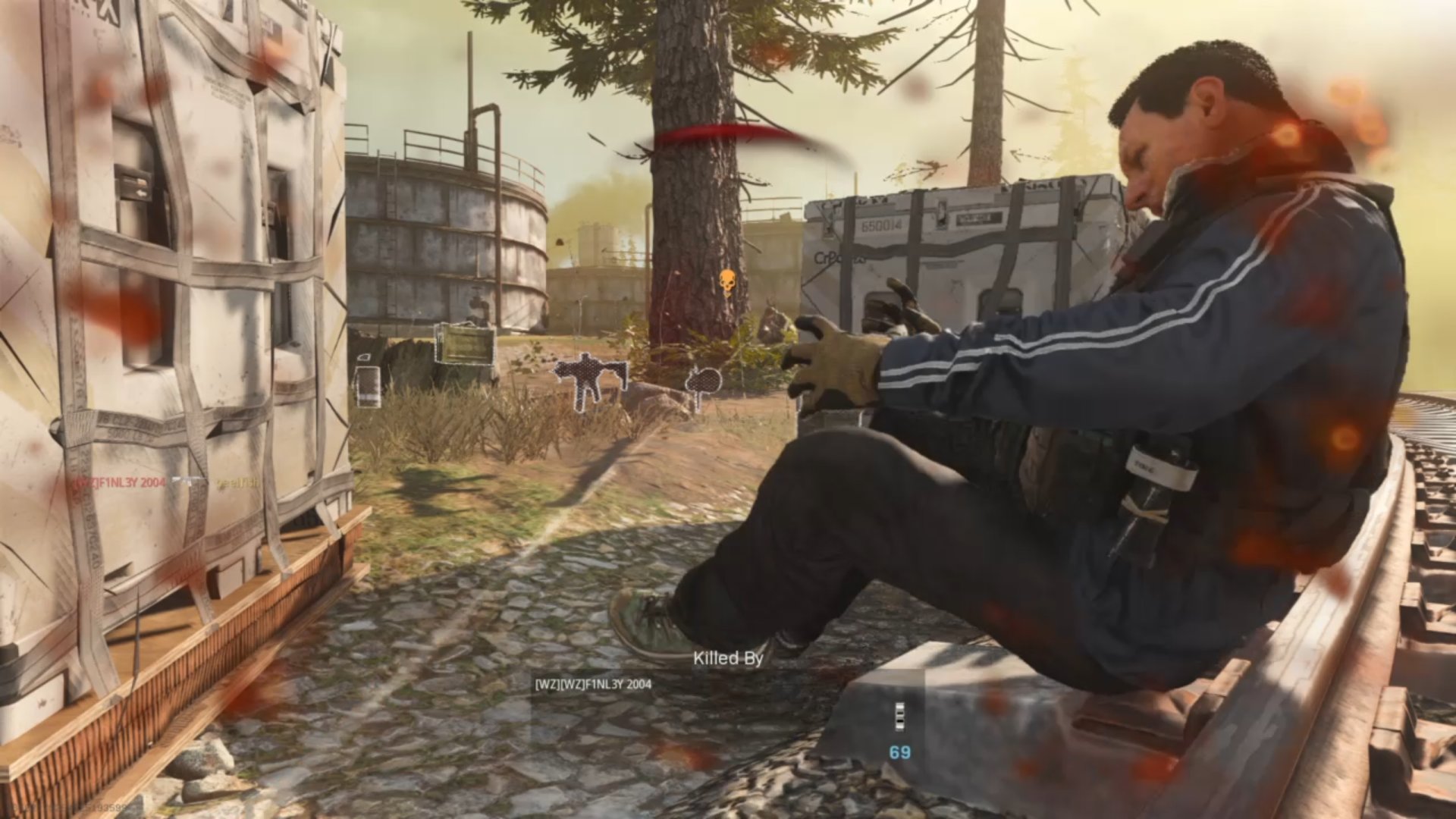
Gunfight, the developer's new 2v2 mode, shrank the playing field still further, and stacked its maps high with obstructions. Infinity Ward seemed particularly fond of shipping containers, for their capacity to completely deprive players of visual information. Smart combatants have relied on the subtlest of sound effects to build up a picture of enemy movements in their heads; even after a couple of nerfs that reduced their volume, footsteps are still a vital tool in locating enemies.
Smart combatants have relied on the subtlest of sound effects to build up a picture of enemy movements.
With Warzone, the question has been whether that close listening could possibly translate to the vast sprawl of battle royale. The sheer scale of Verdansk seemed in opposition to Modern Warfare's new direction—could it be that Infinity Ward had developed the mode simply because it was expected, rather than because it belonged?
That first glimpse from the plane won't have reassured any sneak specialists. The sparse Eastern European countryside offers little in the way of tree cover, and the sun hangs at a permanent 3pm, dashing any hopes of blending into the background. Worse, an even smattering of high rise buildings grants snipers a clear view over practically anywhere you might choose to land.
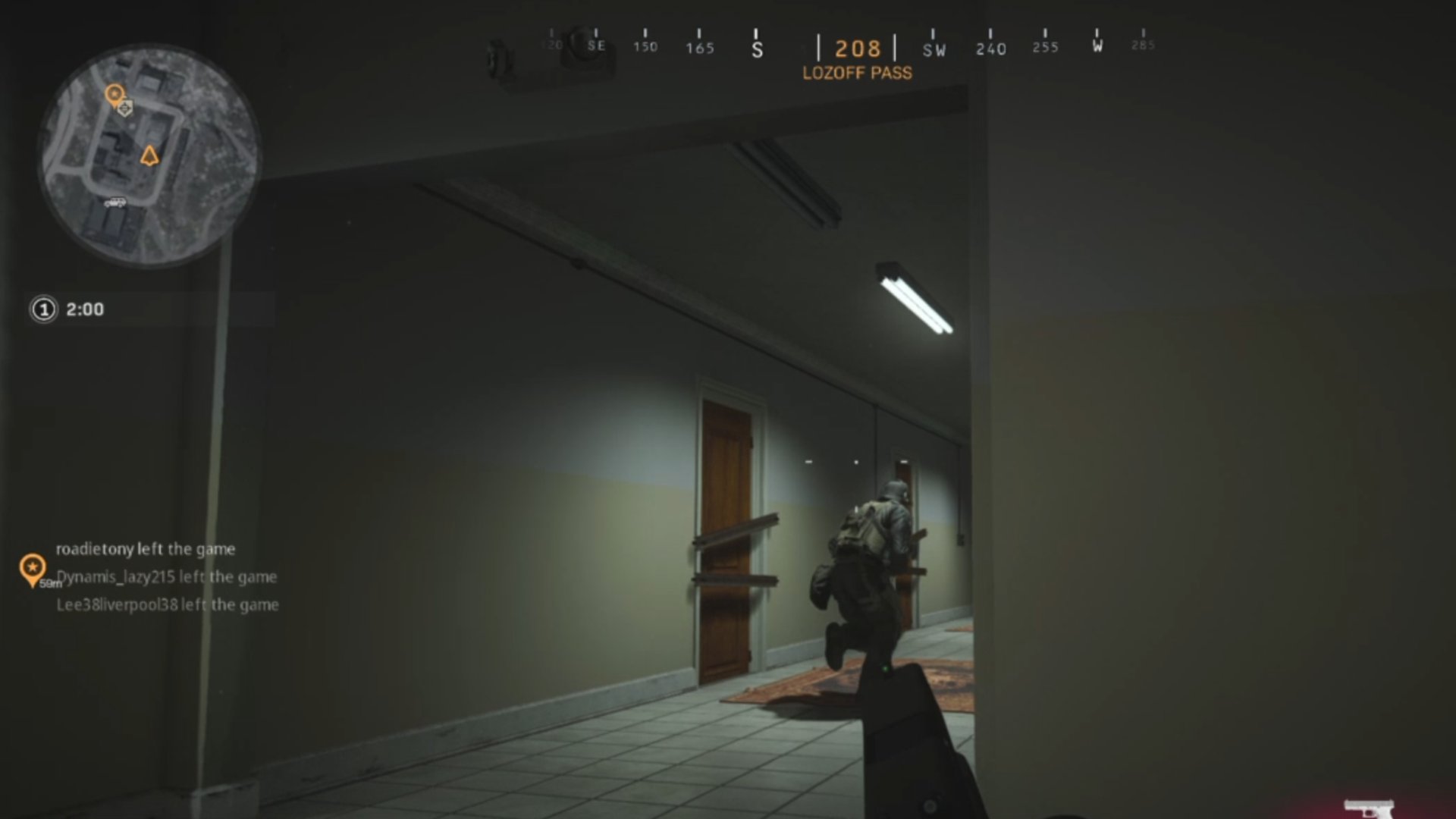
And yet Warzone still provides more stealth potential than the majority of its genremates. Despite the expanse, it consistently pushes players indoors. Partly that's simply down to the most basic of battle royale conventions: power comes through the constant search for equipment, and loot is found in chests secreted away in stairwells and bedrooms and attics. As such, many of your chance encounters with other players take place in and around buildings, where the lessons of Gunfight can be applied.
The biggest gaming news, reviews and hardware deals
Keep up to date with the most important stories and the best deals, as picked by the PC Gamer team.
Then there are the contracts that mark other players as bounties. Since the hunter is given only a vague idea of their target's location, and the victim just a threat level that indicates rough distance, they're a recipe for tense stealth showdowns—drawing players close together, then leaving each to outwit the other. Decoy grenades seem purpose-built for scenarios like these.
There's potential to fall back on old spatial memory, too. Although the map is too large to be learned, it pulls together parts of previous favourites in the series—recreating the original Modern Warfare's Broadcast within Verdansk's TV station, and reusing the layout of Killhouse as the training area of a local military base. These nods are frequent enough that, if you're lucky, you can silently outflank the whippersnappers.
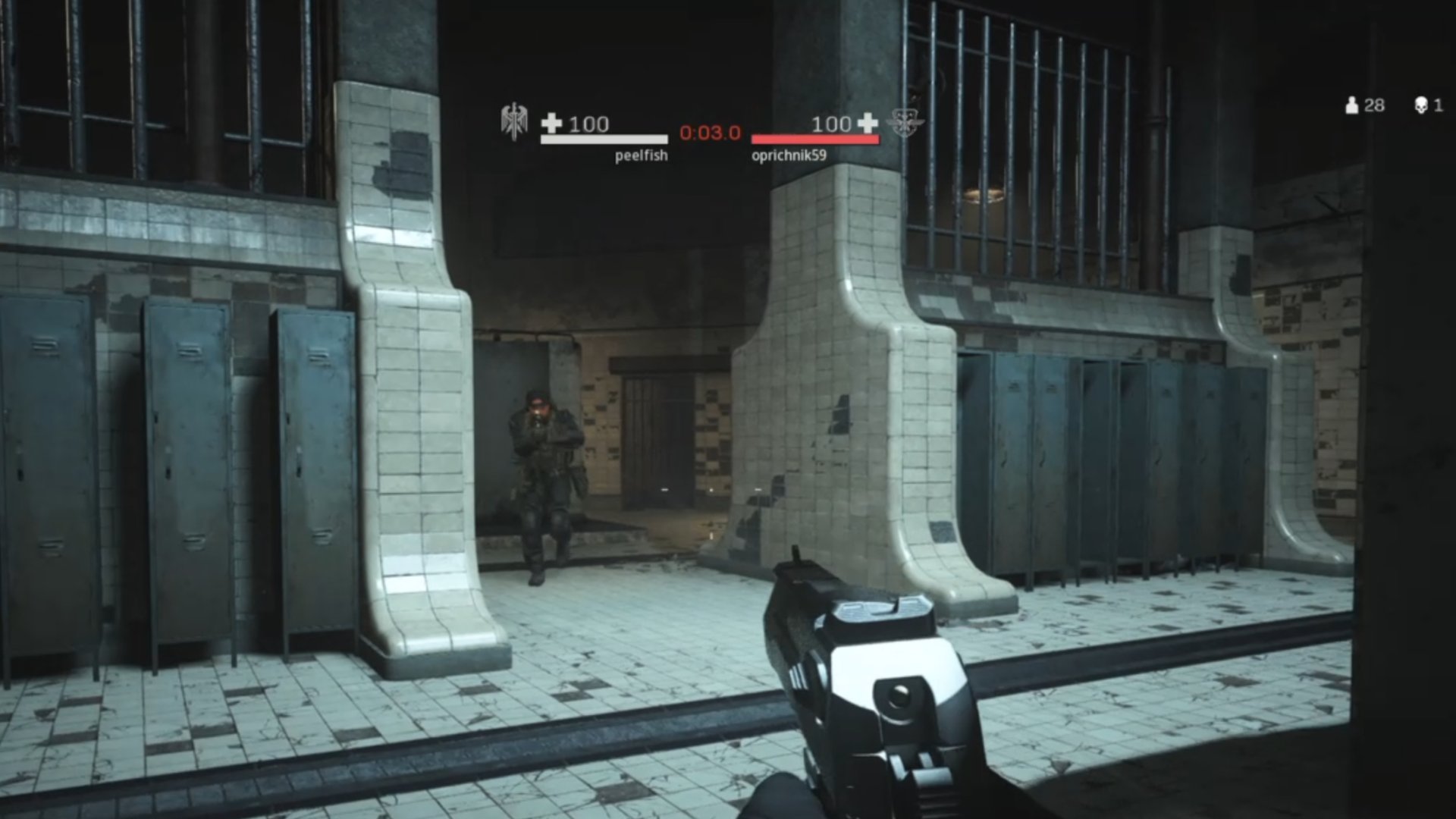
Warzone has been criticised for allowing players easy access to full loadouts at buy stations—encouraging them to bunker down with their favourite weapons rather than move about the map, creating organic conflict. But in practice, contracts often prove big enough carrots to tempt campers from their hidey-holes. And more than that, since contracts quickly time out, they force players to get up off their bellies and run—creating opportunities for other, quieter rivals to get the drop on them.
This tension, between going undetected and covering ground, is the key to making stealth shooters work at scale. It's the same dichotomy that makes Hunt: Showdown such a satisfyingly unpredictable proposition, sending some players splashing through the Lousiana swamp in pursuit of the objective, while others creep through the trees to steal the prize from the first group's cold fingers. Once the gas starts to close in Warzone, even the cleverest ghosts are pushed into desperate dashes that leave them exposed, ensuring nobody can win without breaking a sweat.
This tension, between going undetected and covering ground, is the key to making stealth shooters work at scale.
The only real obstacle to Warzone as an emergent stealth game is armour. Like the gulag's system of competitive respawns, armour serves to keep players in the fight for longer, leading to fewer frustrating restarts. But it also diminishes the effectiveness of stealth, since ambushing an enemy only guarantees you the first hit; with a vest full of armour, there's every chance they'll turn around and shred you to pieces, undoing the hard work of luring them into a vulnerable position.

Still, I can't say Reznov didn't warn me. "Sniping your enemy is like hunting any other animal," he says. "Fire at the wrong moment and your chance will be forever lost." Twitch shooting skills are important, but so is sound judgement. Some opportunities simply aren't wise to take.
It's heartening to see a mainstream battle royale game lean into the grey zone of conflict, rewarding patience and recon as much as aggression. Let Reznov's voice into your head and it can regularly guide you into the top 20, although waiting for planes overhead isn't exactly sound strategy in Warzone. Quite the opposite, in fact. It's not their payload that's the problem, but the noise that leaves you deaf to your enemy's movements. In the new Modern Warfare, that's as good as being blind.
Jeremy Peel is an award-nominated freelance journalist who has been writing and editing for PC Gamer over the past several years. His greatest success during that period was a pandemic article called "Every type of Fall Guy, classified", which kept the lights on at PCG for at least a week. He’s rested on his laurels ever since, indulging his love for ultra-deep, story-driven simulations by submitting monthly interviews with the designers behind Fallout, Dishonored and Deus Ex. He's also written columns on the likes of Jalopy, the ramshackle car game. You can find him on Patreon as The Peel Perspective.

